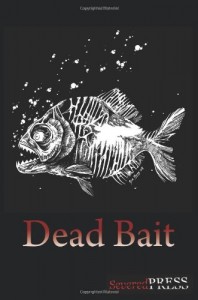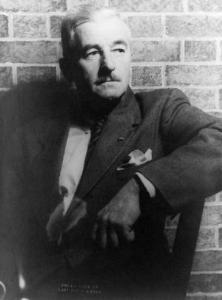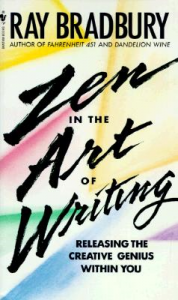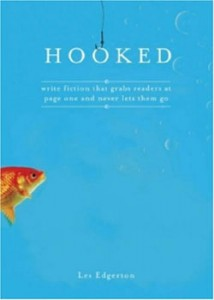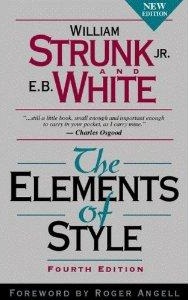Would you like to write a story but don’t have any idea what to write about? Perhaps you often find yourself having this problem. Once you’re given some external spark, you can write like crazy; it’s just difficult in the beginning to figure out the idea for the story.
In February I mentioned I don’t usually suffer from this problem. But there must be many who do, given the number of books and websites devoted to helping people solve it. If you search for “writing prompts” you’ll see what I mean.
 No, I won’t be giving you a list of prompts in this blog post, sorry. My aims are to (1) give you some sources of prompts and (2) suggest some ways you can become self-prompting. It’s akin to the “give a man a fish” adage.
No, I won’t be giving you a list of prompts in this blog post, sorry. My aims are to (1) give you some sources of prompts and (2) suggest some ways you can become self-prompting. It’s akin to the “give a man a fish” adage.
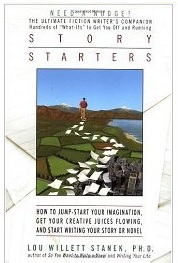 When it comes to books, I recommend Story Starters by Dr. Lou Willett Stanek, which I had briefly mentioned in a May 15 blog. Her book is full of brief suggestions, short little prompts you can use to build a story around. Many of them can be used as the hook–the opening–for your story, after a little alteration.
When it comes to books, I recommend Story Starters by Dr. Lou Willett Stanek, which I had briefly mentioned in a May 15 blog. Her book is full of brief suggestions, short little prompts you can use to build a story around. Many of them can be used as the hook–the opening–for your story, after a little alteration.
One website with plenty of prompts is that of Kelly A. Harmon. Not all of her posts contain prompts, but they are a frequent feature of her site. And she’s giving them away for free! The only price is this—if one of her prompts is just the spark you needed to write a story, then out of courtesy you ought to leave a comment thanking her!
Let’s see, I did promise to help you become self-prompting, didn’t I? It may not be much help to tell you how I do it, but my method just might work for you. I assign the  entire problem to my muse. (Yes, I know my “muse” is really just the creative side of me, and therefore I’m assigning the problem to myself. Just go with me here…) Prompting is my muse’s strength; writing is mine. It’s just a matter of workload assignment according to aptitude. What’s more, as long as that’s all I ask of my muse, so far she’s come through for me every time.
entire problem to my muse. (Yes, I know my “muse” is really just the creative side of me, and therefore I’m assigning the problem to myself. Just go with me here…) Prompting is my muse’s strength; writing is mine. It’s just a matter of workload assignment according to aptitude. What’s more, as long as that’s all I ask of my muse, so far she’s come through for me every time.
Right, that’s no help to you, I know. Here’s something that might serve you better. If you examine the common traits of the writing prompts provided by Dr. Stanek and Kelly Harmon, you’ll see the following:
- They contain a touch of the ordinary. Something links the prompt to everyday life, or at least something within most people’s experience. In my February 20 blog, I called this the “seed.”
- They may contain a twist, something that alters the ordinary and makes it unusual, or even extraordinary.
- They may be related to something visual, a picture or image. Vision is our primary sense, and seeing something intriguing can be just the thing to spark a story idea.
- They suggest a problem for someone, or a conflict that someone must resolve. The conflict may be against someone else, against something in the environment, or against something inside that person.
- They may involve, or at least suggest, a strong emotion of some kind.
- They come from the world around us. You can be prompted by something you actually experience, or by something you read online or in a magazine or newspaper or see on TV.
Those are the elements of a writing prompt. Now you know how Kelly comes up with hers, and how Dr. Stanek wrote a book full of them. (Don’t tell them I gave away their secret!) Now you might be able to come up with prompts all on your own. You may even find, as I suspect, that the initial spark wasn’t your problem all along. Your real problem is fleshing it out, actually writing an interesting story.
Ah, that would be a subject for another blog post, perhaps one yet to be written by…
Poseidon’s Scribe



